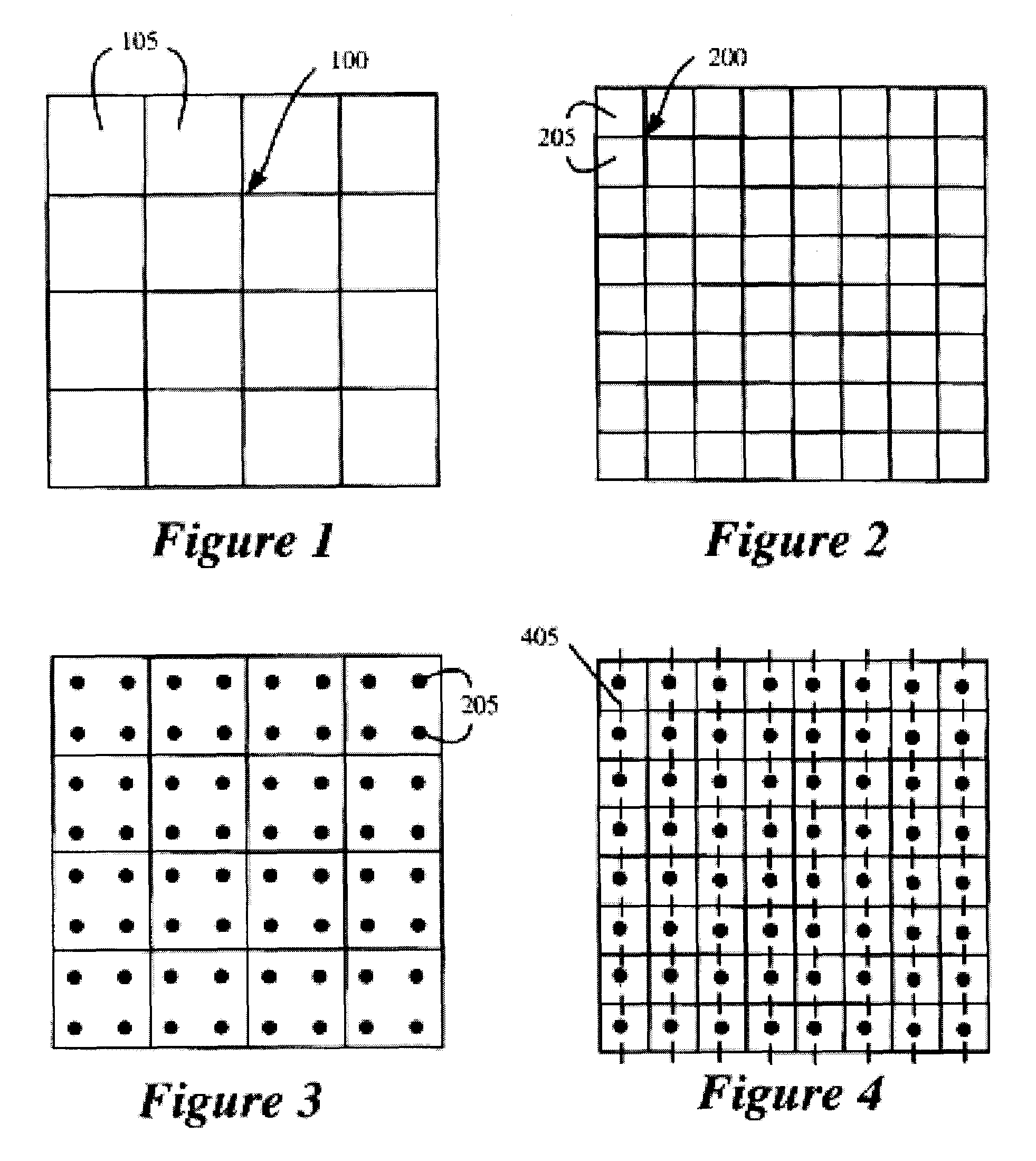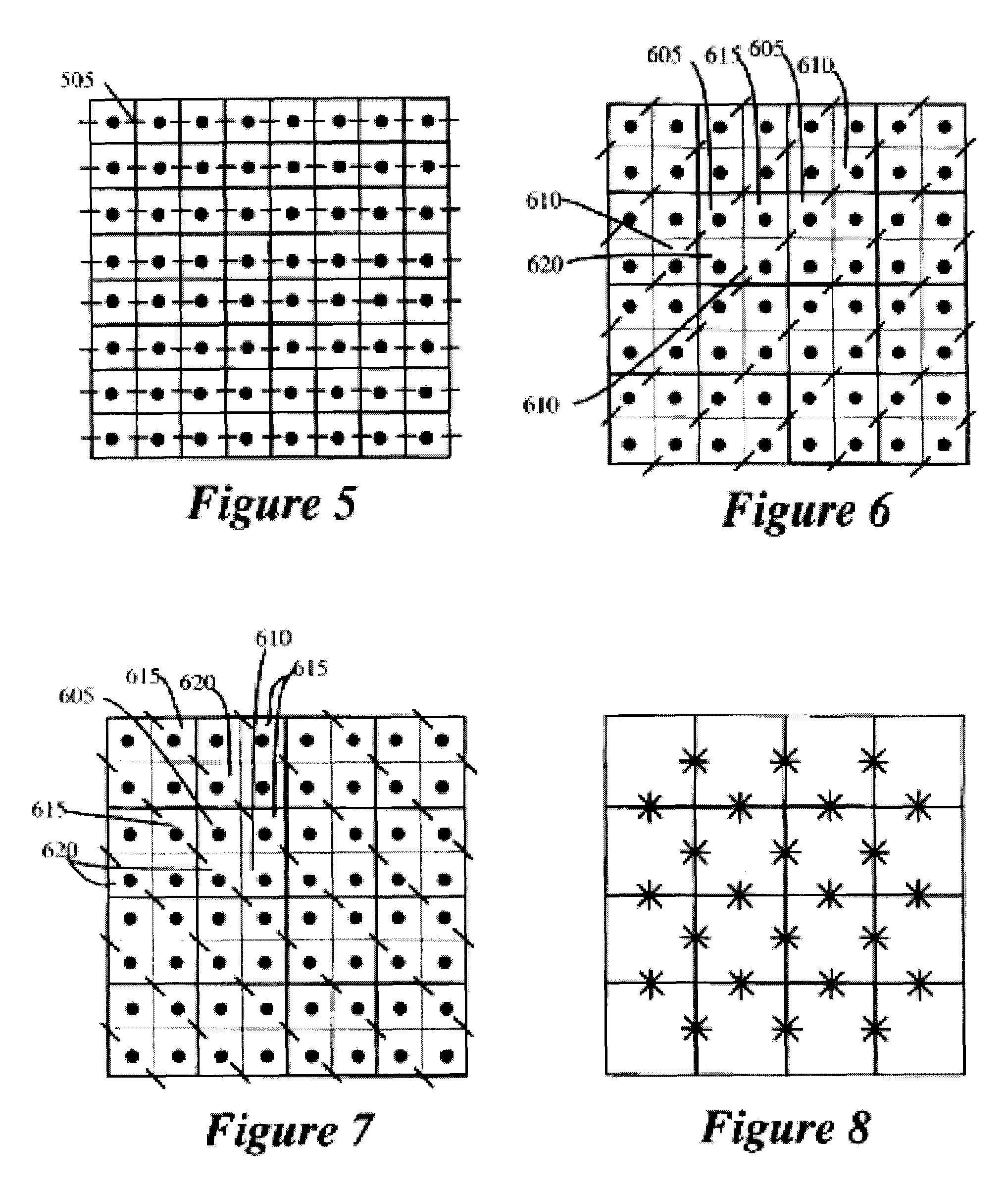Method and system for routing
a routing system and routing method technology, applied in the field of routing methods and systems, can solve the problems of increasing the total wirelength, the routing direction is not typically explored diagonally, and the lack of diagonal exploration increases the total length, so as to facilitate route modeling and congestion measurement, and reduce the number of nodes
- Summary
- Abstract
- Description
- Claims
- Application Information
AI Technical Summary
Benefits of technology
Problems solved by technology
Method used
Image
Examples
Embodiment Construction
[0027]In the following description, numerous details are set forth for purpose of explanation. However, one of ordinary skill in the art will realize that the invention may be practiced without the use of these specific details. In other instances, well-known structures and devices are shown in block diagram form in order not to obscure the description of the invention with unnecessary detail.
[0028]Some embodiments of the invention are methods and systems for implementing techniques for routing, modeling routes, and measuring congestion. In some embodiments, Gcells are implemented with fewer nodes to facilitate route modeling and congestion measurement.
[0029]Several embodiments of the invention provide a router that routes a set of nets in a region of an integrated circuit (“IC”) layout. Each routed net includes a set of routable elements in the IC-layout region. The routable elements are pins in the embodiments described below, although they might be other elements in other embodim...
PUM
 Login to View More
Login to View More Abstract
Description
Claims
Application Information
 Login to View More
Login to View More - Generate Ideas
- Intellectual Property
- Life Sciences
- Materials
- Tech Scout
- Unparalleled Data Quality
- Higher Quality Content
- 60% Fewer Hallucinations
Browse by: Latest US Patents, China's latest patents, Technical Efficacy Thesaurus, Application Domain, Technology Topic, Popular Technical Reports.
© 2025 PatSnap. All rights reserved.Legal|Privacy policy|Modern Slavery Act Transparency Statement|Sitemap|About US| Contact US: help@patsnap.com



